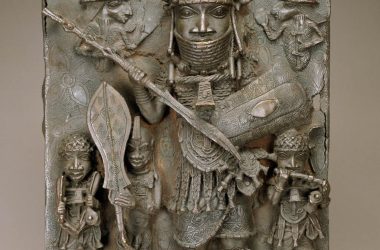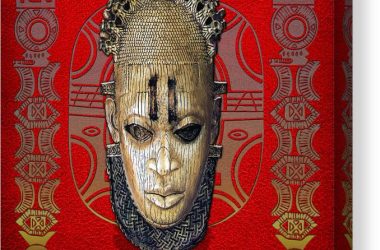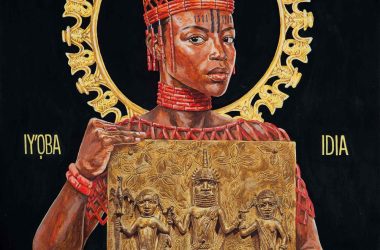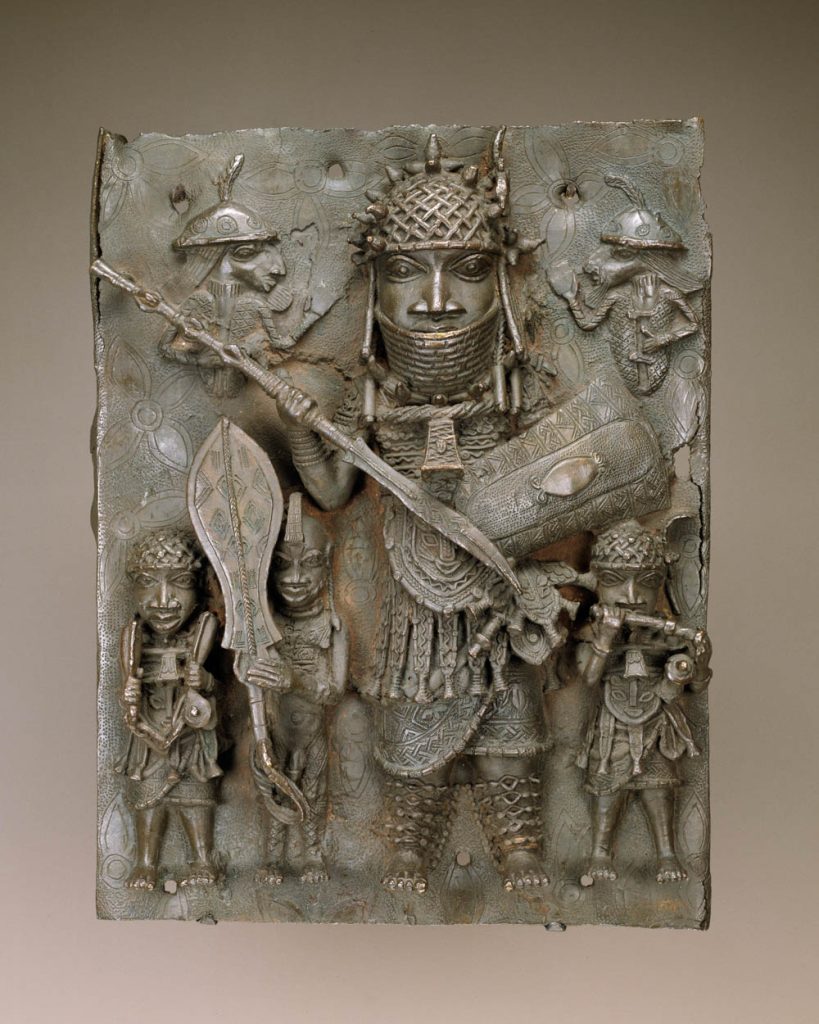The kingdom of Benin has witnessed significant reforms and developments throughout its history, and among the remarkable figures who left an indelible mark were some extraordinary women. One such iconic figure was Queen Idia, the first female warrior in the history of the Benin kingdom. Idia’s story is one of beauty, strength, supernatural powers, and profound impact. She defied traditional gender roles and played a pivotal role in shaping the political, cultural, and social landscape of the empire. This article delves into the life of Queen Idia, her rise to prominence, and her enduring legacy in Benin’s rich cultural heritage.
Early Life and Background:
Idia, often described as an extraordinarily powerful personality, had an aura that continues to captivate the imagination of the Benin people. Her exceptional beauty and strong will set her apart from others. Though her exact birthdate remains uncertain, she was the mother of Oba Esigie, who reigned from 1504 to 1550. Idia lived during a tumultuous period, notably the Idah war in 1516.
The Path to Royalty:
Tradition holds that Idia caught the eye of Oba Ozolua during a dance performance at the capital. Marrying the Oba was considered the highest honor for a Bini woman, but it came with a price – a woman who married the Oba was bound for life. The Oba’s harem housed numerous wives who vied for his attention. To ensure her daughter’s well-being, Idia’s mother sought divine intervention. The oracle advised them to mar Idia’s beauty, making her less appealing to the Oba. The plan involved incisions on her forehead, marking her for life.
Despite these efforts to avoid a royal marriage, Oba Ozolua sensed something amiss, neutralizing the effects of the curse. Idia eventually became one of his queens, embarking on a journey that would change the course of history.
A Woman of Influence:
Idia’s influence extended far beyond her role as a queen. She revolutionized the traditional position of women in Benin society. She orchestrated the ascent of her son, Esigie, to the throne, effectively altering Benin’s dynastic history. Her deep knowledge of the esoteric and her mastery of occult powers played a crucial role in securing her son’s rule. The annual Orhu festival and ceremonial rites of the Ugie Iye oba festival attested to her esoteric knowledge, emphasizing her pivotal role in her son’s rise to power.
Succession Controversy:
Esigie’s path to the throne was not without complications. He was originally considered the second son, but through a series of events, including an accident that left his elder brother physically disabled, Esigie became the heir. Some attributed these events to Idia’s supernatural influence, cementing her reputation as a powerful figure in Benin politics.
Innovation and Reform:
Queen Idia’s reforms extended beyond politics. She is credited with inventing the Ekassa dance for royal obsequies and introducing the Ukpe okhue, a distinctive Iyoba cap. These cultural contributions further solidified her legacy.
The Benin-Idah War:
Queen Idia’s military prowess was on full display during the Benin-Idah war in 1516. She led her own troop and fought valiantly, earning her the reputation of a fearless warrior. Benin’s victory in this war is often attributed to her exceptional bravery, wisdom, and magical abilities. Her participation in the war held not only cultural significance but also had economic and political ramifications, consolidating Benin’s position in the trade routes.
The Legacy of Queen Idia:
Queen Idia’s impact on the Benin kingdom was immeasurable. Her rise to power challenged traditional gender roles, and her accomplishments continue to inspire generations. She is often referred to as the “hidden Oba” due to her substantial influence behind the throne. The institution of Iyoba, established during her time, allowed royal mothers to participate in governance, breaking longstanding protocols.
Idia’s Enduring Fame:
Queen Idia’s fame only grew after her death. Oba Esigie honored her memory by commissioning ivory masks that adorned the spiritual altar built in her name. Today, her iconic face is recognized worldwide, particularly through the sixteenth-century ivory mask now housed in the British Museum. It became even more renowned when it was chosen as the emblem for the Second Black Festival of Arts and Culture (FESTAC ’77). The refusal of the British Museum to loan the mask to Nigeria sparked controversy, leading to the creation of two replicas commissioned by Oba Akenzua.
Conclusion:
Queen Idia, the warrior and conqueror queen of Benin, was a trailblazer who defied societal norms and left an indomitable mark on her kingdom’s history. Her influence extended across politics, culture, and military endeavors, making her a symbol of strength and resilience. Her legacy endures not only in the hearts of the Benin people but also in the global recognition of her extraordinary achievements. Queen Idia’s story serves as a testament to the power of individuals to challenge conventions and shape the course of history.











